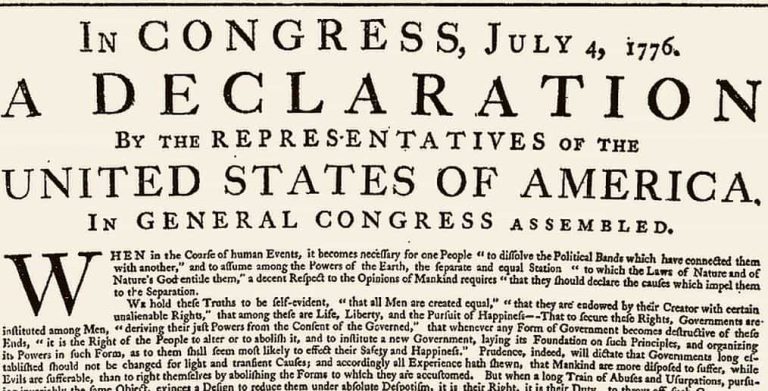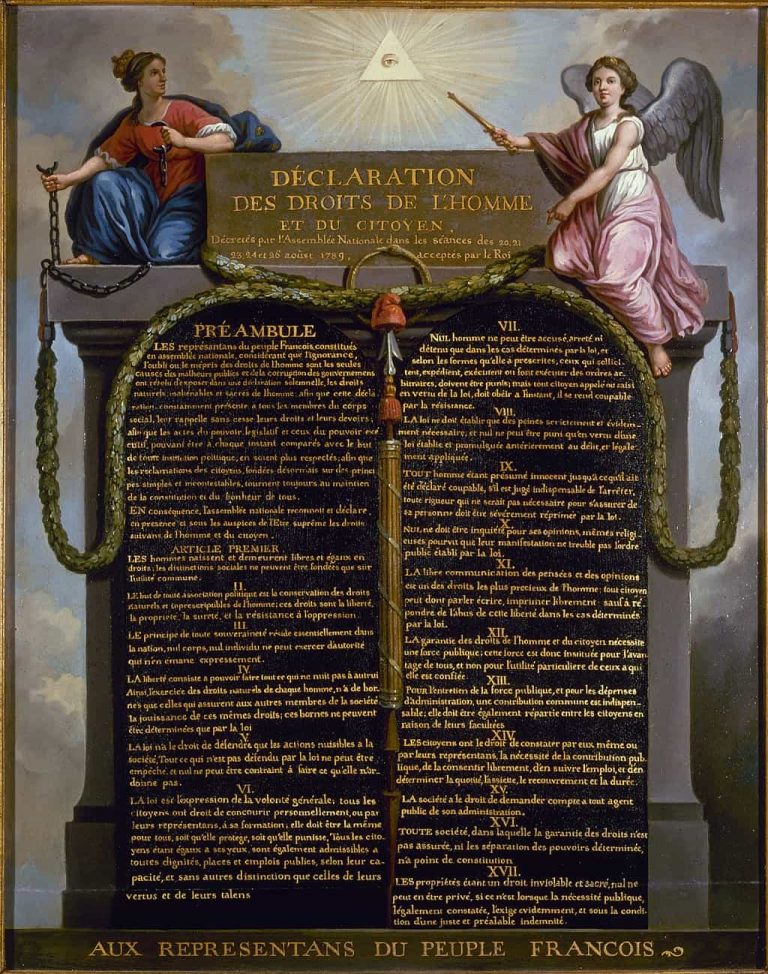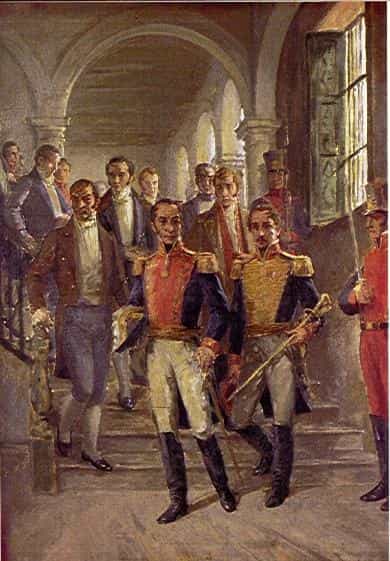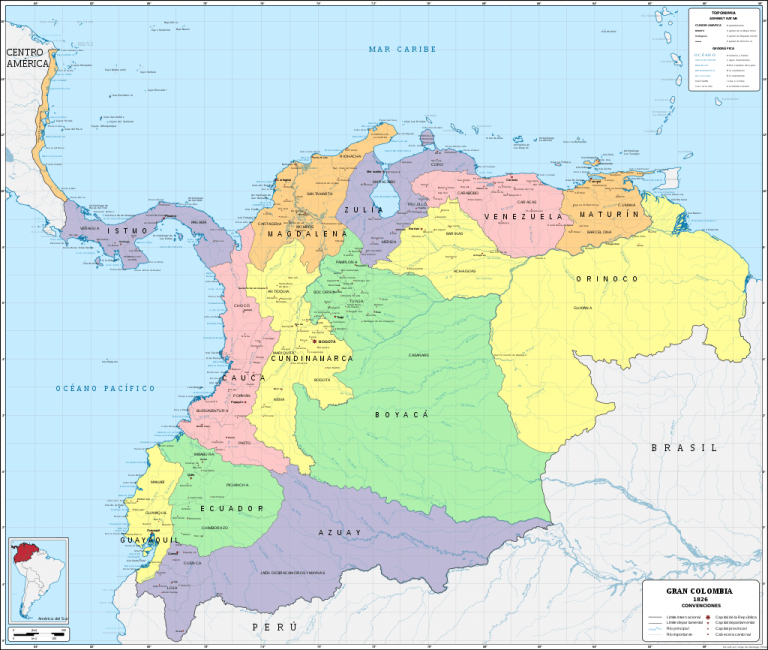Plowing the Seas, Colombian History Pt. 3

Justin Hauver
This is the third part of a series on Colombian history written to help me make sense of the country’s past. Education research (all research?) depends on an awareness of context, including historical context. Besides, I was curious and I like reading about history.
By the time of his death in 1830, Simón Bolívar had traveled over 75,000 miles on his feet or on the back of a horse. He had crisscrossed South America many times over in a dizzying number of campaigns, persevering through defeat, exile, and the loss of his vast inheritance in order to help liberate a continent and establish his dream of a confederation of nations called Gran Colombia. Like the American and French revolutions in the preceding decades, however, the tumult that resulted in Colombia’s independence from Spain had mixed results for those on the ground.
Cultivating Revolution
By the end of the 18th century, Europe was firmly under the sway of industrialization and Enlightenment thinking. After centuries of gestation, capitalistic economic systems were gaining strength and ushering in a reconceptualization of what it meant to be a human as well as new ideas about the role of the state in daily life. Notions of morality and freedom rapidly evolved and spread. Under these new regimes of truth, people, or maybe just middle and upper class white men, were owed certain inalienable rights. Despite imperial censorship, these seditious ideas spread to the colonies.

At the same time, Spain’s empire was in steep decline. The primacy of the Spanish Armada was long past, but the debts from imperial wars and reckless spending still lingered. New, onerous taxes on colonial subjects produced more and more resistance among the powerful criollo class of wealthy white men born in Spain’s territories. Of course, indigenous populations, enslaved peoples, mestizos, and even poorer white settlers had long resisted the colonial apparatus. But it took what Derrick Bell calls interest convergence with those in power to tip the scales towards outright, full blown revolution.
The Revolt of the Comuneros
In 1781, around the same time that Túpac Amaru was leading an indigenous revolt in Perú, those leaving in the northeastern region of Nueva Granada began their own resistance movement. New taxes had produced outrage among residents of all classes. The people organized themselves and elected a committee, el común, to lead, hence the name, The Revolt of the Comuneros.
Importantly, this was a revolt against the tax increases, not against the government writ large. Criollo leaders assembled a group of 20,000, a force larger than any that would take the field during the actual fight for independence, and marched towards Bogotá. With the Viceroy occupied in Cartagena, the comuneros defeated the small forces that were sent against them. On the outskirts of Bogotá, government officials grew worried and reluctantly agreed to make concessions to the rebels. Satisfied, the movement dispersed.
An outraged Viceroy immediately nullified the concessions and reinstated the taxes upon his return to the capital. Most rebel leaders, nervous of backlash, renounced the concessions. Those who didn’t were left with minimal support, leading to their defeat.
Though largely overlooked, historians now see the Revolt of the Comuneros as a precursor to independence, an important moment in which “the inestimable original innocence was lost” when an unprecedented, large-scale uprising of forces united across lines of class and race to challenge imperial rule (Bushnell, p. 31). In hindsight, it was the beginning of the end.
The French Connection

Shadows of the French Revolution loom large over the imagination of western history. The American Revolution, though inspirational to many ruling criollos, could be explained away as an aberration or a risky experiment. But France’s (temporary) independence from monarchical rule seemed to confirm a trend, thereby accelerating and emboldening subversive thinking in Latin America.
Antonio Nariño, a wealthy criollo in Bogotá, followed the events of the French Revolution with great enthusiasm. His excitement led to secret meetings with like-minded aristocrats where he earned a reputation as a sharp, revolutionary thinker. In an overzealous misstep, Nariño printed and tried to distribute The Declaration of Rights of Man and Citizen that had been recently released by the French Assembly. He and, for good measure, his lawyer were both sentenced to 10 years in prison. With the help of friends, Nariño escaped and would go on to play an important role in the revolutionary wars that followed.
Independence
In addition to the thinking and excitement it generated, the French Revolution also set into motion a series of events that materially shifted realities and provided an opening for revolution. Or, more succinctly, Napoleon also happened. And in 1808, when Napoleon tried to place his brother on the throne of Spain, many colonies resisted the usurpation. In 1810, the junta in Bogotá broke ties, nominally declaring fealty to the “real” king, Ferdinand VII, who was trying to form a rump government.
Patria Boba
Following the break with Spain, many cities formed their own juntas and asserted their own rights to self-government. Eventually most of the former Nueva Granada banded together into the decentralized United Provinces of Nueva Granada. Bogotá elected to form its own, more centralized government and eventually elected Nariño as president. Civil war ensued. Simón Bolívar, fleeing from defeat in his Venezuelan homeland, helped the United Provinces defeat Nariño in 1814.
The next two years were defined by a violent reconquest of Nueva Granada by Spain. Bolívar again fled, this time to Haiti. Meanwhile, Spanish General Pablo Morillo brutally repressed independent thinking, executing hundreds. When challenged for killing the preeminent scientist Francisco José de Caldas, nicknamed el Sabio, Morillo replied, “Spain does not need savants.”
Victory
Despite the merciless repression, unrest continued to simmer and bubble up. In 1816, Bolívar returned to Venezuela and fought a series of inconclusive battles all around the region for a few years. In a bold attempt to break the stalemate, Bolívar abruptly pivoted his forces to march west, into Nueva Granada in 1819. It was an unexpected and dangerous move that involved crossing high Andean peaks to catch the Spanish with their guards down. Think Hannibal crossing the Alps to strike at the heart of Rome.
Once in Nueva Granada, Bolívar found support from Francisco de Paula Santander, who was waging guerrilla warfare from the eastern llanos. Together they took the city of Bogotá and discovered that officials, in their haste, had left behind 500,000 pesos. With this money, Bolívar launched successful campaigns into Ecuador and Venezuela. He was on a mission to establish Gran Colombia, a united government over what is today Panama, Colombia, Venezuela, Ecuador as well as parts of Peru and Brazil. In 1821, the Congress of Cúcuta formed a provisional government, naming Bolívar as president and Santander as vice president.

Gran Colombia
The unity of Gran Colombia was never much of a reality. After being named president, Bolívar set out on more campaigns both to actualize his dream and to kick the Spanish off of the rest of the continent. Santander was left with the administrative task of trying to govern a huge swath of land with diverse histories, cultures, and economic interests.
An able administrator, Santander earnestly worked to lay a framework for the nation. By all accounts, he was a conscientious, if rigid, person. Known as The Man of Laws, he once lectured troops on the majesty of the legal system in front of the bloody corpse of a man executed for murder. Also a man of his time, he pushed for liberal (in the old sense of the word) reforms, like weakening the church’s power, investing in public education, and implementing more laissez-faire economic policies.
Though united on the battlefield, Santander and Bolívar diverged in their governing philosophies. It is both overly simplified and illuminating to view them as the prototypes for Colombia’s modern Liberal and Conservative political parties. Bolívar certainly chafed against many of Santander’s liberal policies. He believed that Gran Colombia was simply not ready for such rapid changes, even if he favored them in the abstract.
Tensions between the Santander and Bolívar wings of government increased when Bolívar, who had seen and been impressed by Napoleon’s coronation as King of Italy in 1804, started to advocate for a new constitution with a lifelong presidency. Many saw this as a reversion to monarchy and redoubled their resistance. An attempt on his life caused Bolívar to assert his full control of government in 1828. The dictatorship lasted only two years before it, Gran Colombia, and Bolívar himself disintegrated.

Conclusion
Towards the end of 1830, a frustrated and ailing Bolívar abruptly renounced his position as head of the Colombian government. On his way to the coast to sail across the Atlantic, he compared sowing revolution and growing a new nation to plowing the seas. The same currents of history and politics that had made him a hero, el Libertador, had also limited him and, ultimately, sunk his highest hopes. He died on Colombian lands in December of 1830, unable to reach new waters.
Sources
The Making of Modern Colombia: A Nation in Spite of Itself by David Bushnell
Magdalena: River of Dreams by Wade Davis
Between Legitimacy and Violence by Marco Palacios
Various articles.
Note: All views expressed are my own, they do not represent the Fulbright or any other organization.